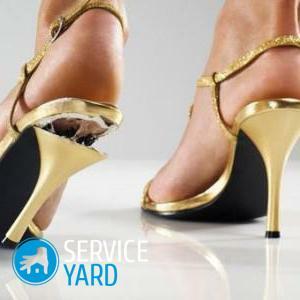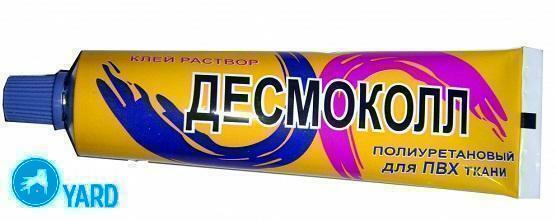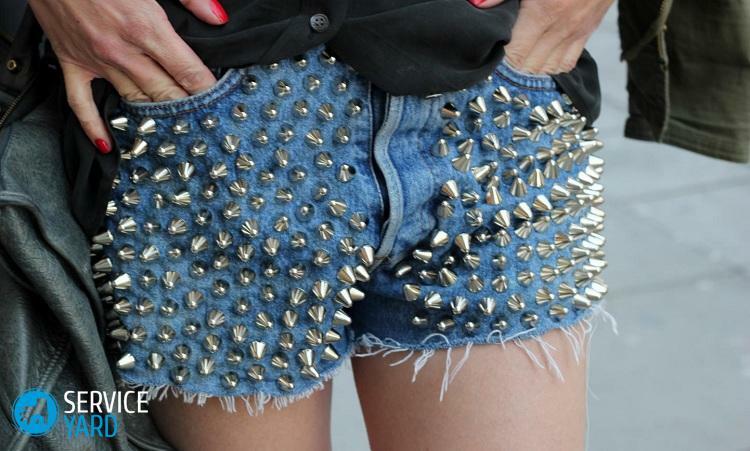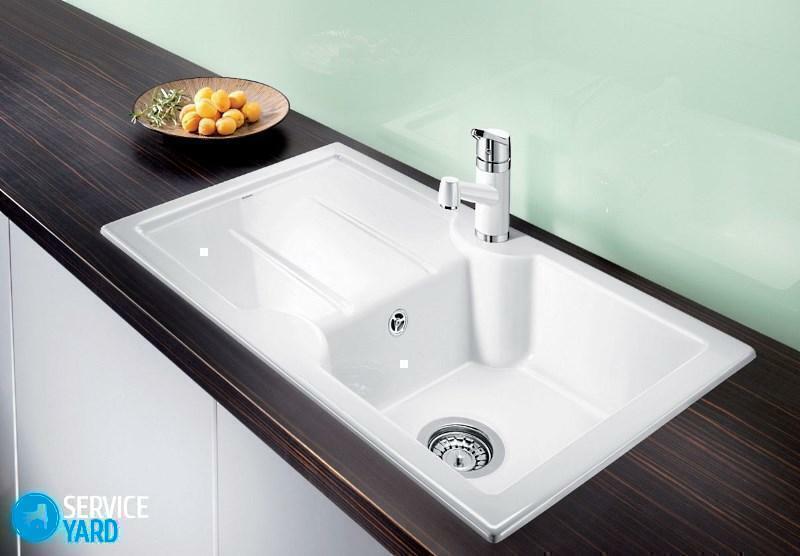
- How to choose glue?
- The best adhesive for the
- sole The best glue for the top of the shoe
- How to glue the shoe sole:
We all once came to a bitter disappointment when, at some point, we noticed our favorite shoes, which began to fall apart before our eyes. Under the influence of external factors: snow, rain, mud, frost, and general adverse effects, including mechanical damage, leads us into shock - what should we do, because the purchase of a new pair has not yet been planned. From this article you will find out which glue is best for shoes and how to seal shoes at home.
to the contents ↑How to choose the glue?
Before choosing a glue, you need to consider what material is made of shoes and how difficult the damage is. Here it is necessary to take into account:
- Where a gap has formed and what materials( leather, fabric, suede, rubber) will have to be glued together. Each of these materials has its own molecular structure and under the influence of chemical materials there is a different reaction.
- Connection durability. If you only need to communicate the couple this season, you can buy a less reliable, but easy-to-use and cheap solution. To seal a crack, it is better to give preference to the glue that will keep the material unchanged for at least another year or two.
- Resistance to moisture. Each glue has its own moisture resistance threshold. To glue the soles or repair winter, autumn shoes, it is better to give preference to a solution that has a higher threshold of similar durability, because the shoes will always be affected by rainwater and snow.
- Resistance to ultraviolet radiation. This factor should be taken into account, if you wear a repaired pair you will be in the summer.
- Elasticity so that the joints do not crack. If you glue the shoes with the first composition that comes to hand, which after polymerization acquires a high hardness, after a couple of days you will again look for the answer to the question of which glue is better for shoes and how to seal shoes at home.
- Price-quality. All glues differ in component composition, but in one ruler of one or another group of solutions you can find products from different manufacturers. They will differ in price and quality of fixation. Buy one that slightly impacts on your budget, but will provide the desired level of reliability.
Important! Depending on the degree of damage, the amount of work and the properties of the material, you need to understand the basis on which you need to choose the glue. That is, with what glue it is better and more reliable to glue the sole or upper small parts of the shoe.
to Contents ↑Best Adhesive for
Outsole If you appreciate the degree of damage and decide to glue your shoes at home, now you will be faced with the choice of which adhesive is better for shoes? Truly in the age of modern technology, all means are good for a specific purpose. And in our case, glue based on polyurethane is suitable for gluing the sole for shoes.
Important! Polyurethanes are a group of synthetic elastomers that find an incredibly wide application in the light industry. The range of performance of such solutions is very wide, which makes it possible to use polyurethane as a substitute for rubber in the manufacture of various products operating in corrosive environments under conditions of high loads and temperatures. The operating temperature range is -50 C to +70 C.
Now we will look at some good brands of glue and their properties. Based on this information, you will be able to decide which adhesive is best for shoes in your case. There are many such compositions, Desmokol is one of the most popular in the work with shoes.
Desmokol adhesive
Desmokol adhesive( polyurethane) is a widely used solution in the shoe sphere. It is characterized by excellent water resistance and a strong adhesive seam without color and with a good degree of transparency.
The main purpose of this glue is the footwear industry, and it is used in both manufacturing and repairing shoes:
- Desmokol allows fast and reliable gluing of the upper footwear from dense textiles, leather to the sole of polyurethane, rubber, thermoplastic elastomers.
- They blast the blanks and seal the soles.

This polyurethane adhesive has a good strength of fasteners, due to the fact that it hardens strongly after application. It also significantly increases in volume, so it makes it possible to securely fasten even porous surfaces.
Adhesive universal "MOMENT"
The very name "universal" indicates that the adhesive differs in a wide range of glued surfaces - from rubber, leather, fabric to wood, ceramics, plastic, glass.
"Moment" is a transparent contact adhesive that transparently bonds soft and hard materials.
Important! This adhesive allows to achieve transparency of the adhesive seam, high adhesion strength. Very high frost resistance and heat resistance in combination with the resistance to dilute acids and alkalis makes this glue truly universal.
to content ↑The best adhesive for the top of the shoe
For gluing more delicate parts of shoes, you need an adhesive with a high drying ratio and a minimal expansion property.
Adhesive "Nairit"
If your shoe is damaged in the upper part of the shoe, where you have to work more with natural, synthetic leather, cloth, then in your case the universal contact polychloroprene glue "Nairit" is suitable.
"Nairit" is designed for gluing the top of footwear from natural and synthetic leather to the materials of the sole of rubber( almost all types), leather. Also, the glue is used for:
- gluing the hanging;
- inserting insoles;
- installation of lining, reinforcing and elastic elements.
Important! This solution is very good at gluing those places that will be exposed to moisture. The main drawback is that it is not good enough when gluing the top of shoes with a polyurethane sole.
Adhesive compound "Eva"
Good adhesive for the first coating of the edge of the workpiece, joining the top and repairing rubber soles, for stitch-glue fasteners. It is perfect when you need to attach a synthetic or leather upper to the sole. The combined mixture is made of polymeric substances such as rubber, nairit, various resins.
Important! It is also used when it is necessary to smear the wounds and seal the seams.
to the contents ↑How to glue the shoe sole:
Tips for using shoe glue are simple and well known. If you do not know exactly how to seal your shoes at home, since you have not had to do so, consider these recommendations:
- For preparation, clean the glued surfaces from dirt.
- Preliminary shoes must be dry, otherwise glue in combination with moisture will not fulfill its purpose.
- With the help of thinner, alcohol or homemade cologne, degrease the sides of the material that we will join.
- Rubber should be halogenated, parts of polyurethane should be degreased or ruffled, and polyvinyl chloride is always only degreased.
- The number of application layers varies in each individual case. Here you need to consider what strength of the seam you are planning to obtain and information from the manufacturer. As a rule, any glue for footwear is applied in 1-2 layers.
- Prepare clamps.
- Connect the glued surfaces and press firmly.
- Place under the press or tightly secure with clips.
- Drying time before full fixation is usually 24 hours. But read the instructions from the glue manufacturer, which shows the exact working time of the solution and setting time.
Important! Important is the fact that you will give pressure to the glued surfaces. In the first minutes of compression, the harder you press, the stronger and more securely the connections on your shoes will hold.
We hope, from this review you have received an answer to your question, which glue is better for shoes and how to seal shoes at home. Next - try to buy shoes only from a reliable manufacturer and properly take care of it so that it does not crack at the seams and does not disintegrate in the sole.



